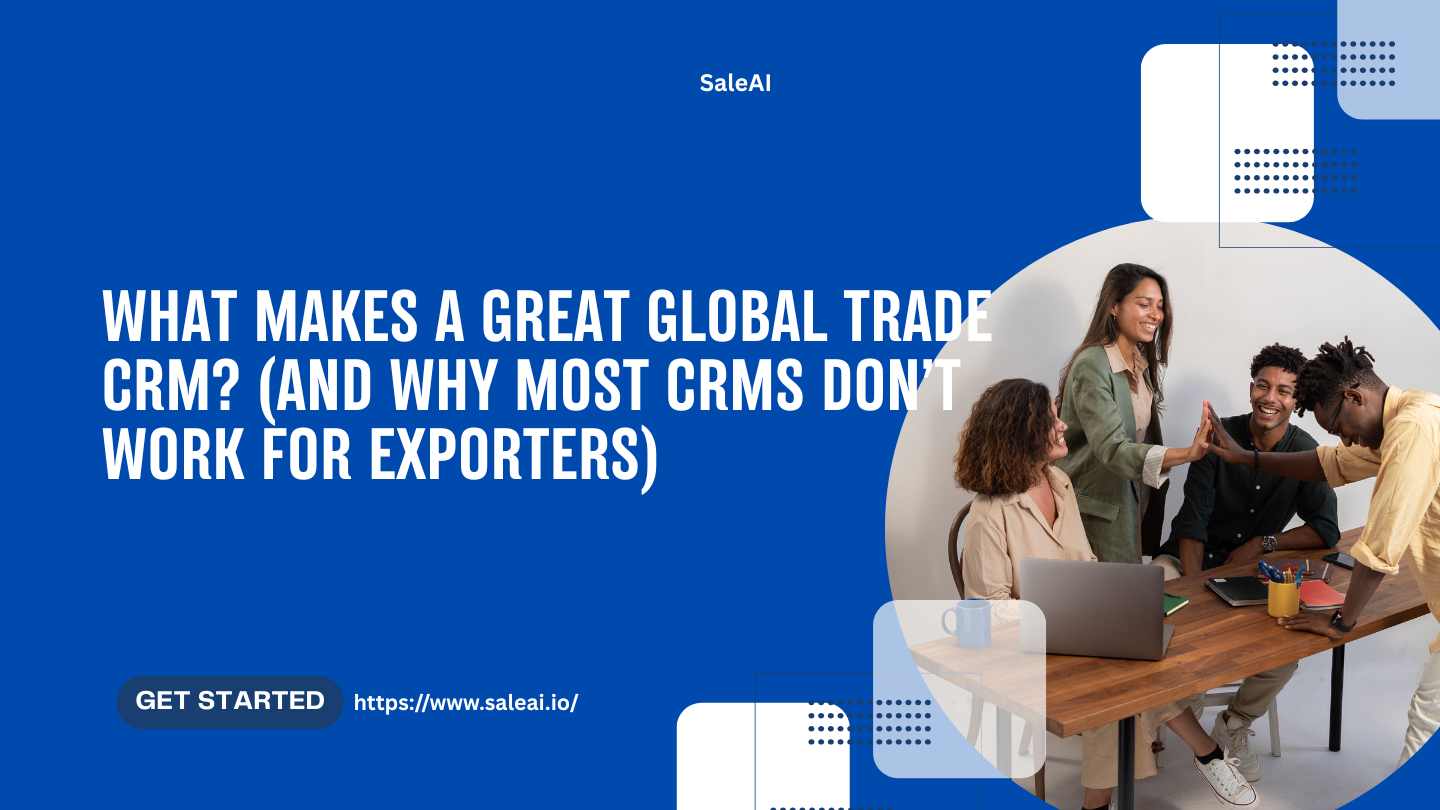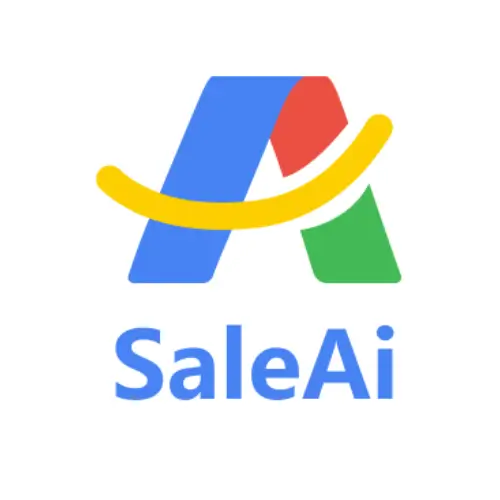
Most CRMs are built for SaaS pipelines or B2C follow-ups.
But if you're in export, sourcing, or international B2B—you’ve likely struggled to make them fit.
That’s why more global teams are switching toCRM systems purpose-built for trade.
Let’s answer the real questions global sellers have—and show what a realglobal trade CRMlooks like.
❓ What’s the difference between a normal CRM and a global trade CRM?
| Traditional CRM | Global Trade CRM |
|---|---|
| Focus on pipeline stages | Focus on sourcing, buyer tracking, HS codes |
| Built for inbound/demo models | Built for outbound + cross-border prospecting |
| Contact-first structure | Company + country + customs data-first structure |
| Integrates with marketing tools | Integrates with customs, product catalogs, trade search |
❓ Why don’t standard CRMs work well for exporters?
Because they miss the critical dimensions:
-
🌍 Country-specific filtering
-
📦 Product & HS Code-based sourcing logic
-
🧾 Import/export activity tracking
-
🔍 Multi-source data: LinkedIn + domain + customs + contact
-
🌐 Language and timezone handling
-
✉️ Outreach built-in (not external email add-ons)
Global sales requires global data. And most CRMs are blind to that.
❓ What does a global trade CRM help you do better?
-
Track buyers by product + country
-
Centralize company + contact + sourcing history
-
Filter leads by industry, import frequency, region
-
Tag and segment by buyer intent
-
Trigger outreach from inside the CRM itself
InSaleAI CRM, you can go from "new company" → "contact verified" → "email sent" in one interface.
❓ Can it help with sourcing new leads too?
Yes—when it’s tied to an actuallead generation engine.
For example, in SaleAI:
-
UseAutomated Business Datato discover verified buyers
-
Click “Save to CRM” to create company + contact record instantly
-
Launch follow-ups viaEmail SmartReach
-
See full history and engagement inside the CRM
No more Excel sheets. No more copy/paste chaos.
❓ What kind of companies benefit from a trade CRM?
| Company Type | Use Case |
|---|---|
| 🌞 Solar system supplier | Track top importers by region, manage distributor funnel |
| 🛠️ Hardware manufacturer | Build CRM based on customs buyers, LinkedIn roles |
| 📦 OEM factory | Manage global sourcing teams + quote follow-ups |
| 🧃 Food exporter | Segment leads by import frequency & region-specific rules |
❓ Is this suitable for small export teams?
Yes—especially for teams who:
-
Need to move fast
-
Have no time for clunky enterprise software
-
Want one place to manage data, contacts, emails, and follow-ups
-
Can’t afford a dedicated sales ops team
SaleAI CRM was designed forglobal B2B teams with lean structure but global ambition.
Final Thought: Your CRM Should Work Like a Trade Assistant, Not Just a Database
Most CRMs are static.
SaleAI is dynamic—connecting global data, lead scoring, and automated follow-up in one system.
👉Try the CRM demoand see how global trade flows better when your tools are built for it.


